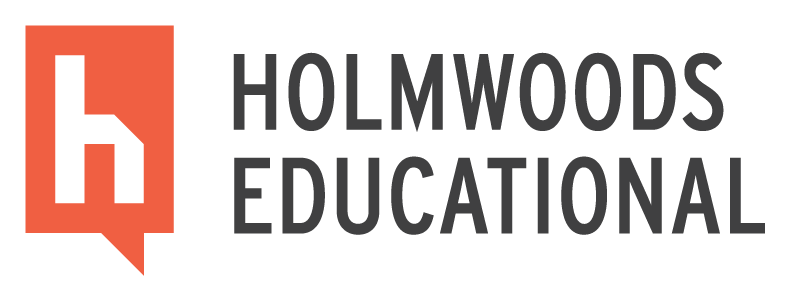The term Blended Learning is now an integral part of current educational practice. It appears in many methods and lesson ideas. But what exactly does Blended Learning entail? And what does Flipped Classroom have to do with this well-known term? And how does Flipped Classroom provide many advantages in learning a foreign language? Read about it in this article!
Blended Learning
Over time, Blended Learning has become an umbrella term that combines face-to-face and online learning. The essence of Blended Learning is thus the combination of face-to-face learning and online learning. This term can appear in all types of education and teaching practices, but it can have different applications. For example, during a math class, the Pythagorean theorem is explained in the classroom (face-to-face learning). After the explanation, students complete the practice assignments online (online learning).
Flipped Classroom
Flipped Classroom is an implementation of Blended Learning. The basis of Blended Learning, which includes both face-to-face and online learning, is also present in Flipped Classroom. However, the foundation is mirrored, so online learning comes first, followed by face-to-face learning. Students first learn online using videos, texts, audio, etc., and during the class, they apply what they have learned. For example, in learning a foreign language, students first receive vocabulary and all skills online. During the face-to-face learning, they apply the vocabulary and skills in speaking, conversations, or writing.
Advantages of Flipped Classroom
Research shows that Flipped Classroom is still rarely used, while other Blended Learning methods are often applied. Perhaps many teachers and instructors are not yet aware of the many advantages. Therefore, we briefly list a few major benefits:
- Students are more motivated and confident during the face-to-face moment because they have been able to prepare themselves online;
- During the lesson, the student is central;
- In the classroom lesson, passive learning is replaced by active learning;
- Active learning improves the application, critical thinking, and creativity of the student;
- Positive influence on engagement, performance, and satisfaction.
Tweens and Tracks
In our English method for upper primary education (Tweens) and in our method for secondary education (Tracks), we use Flipped Classroom. We provide teachers with clear tools to bring out the benefits of Flipped Classroom without throwing them in at the deep end.
In Tweens, students first work independently online on their vocabulary or skill exercises. This online portion often takes place during the weekly task or as homework. During the classroom lessons (face-to-face learning), the method works like all regular methods. A physical manual explains the assignments and provides tools for speaking English. The students work in an adventure book. The main difference lies in the content of the manuals and books. The classroom assignments are focused on applying the English language. Every assignment will lead to writing, speaking, or conversations.
Tracks works the same way as Tweens. Although we occasionally add a grammar exercise to repeat the rule and apply it directly with a speaking or writing exercise.
Curious about how Tweens and Tracks bring Flipped Classroom easily into practice and the many benefits of it? Feel free to request a sample shipment of Tweens or a trial license for Tracks.


Recent Comments